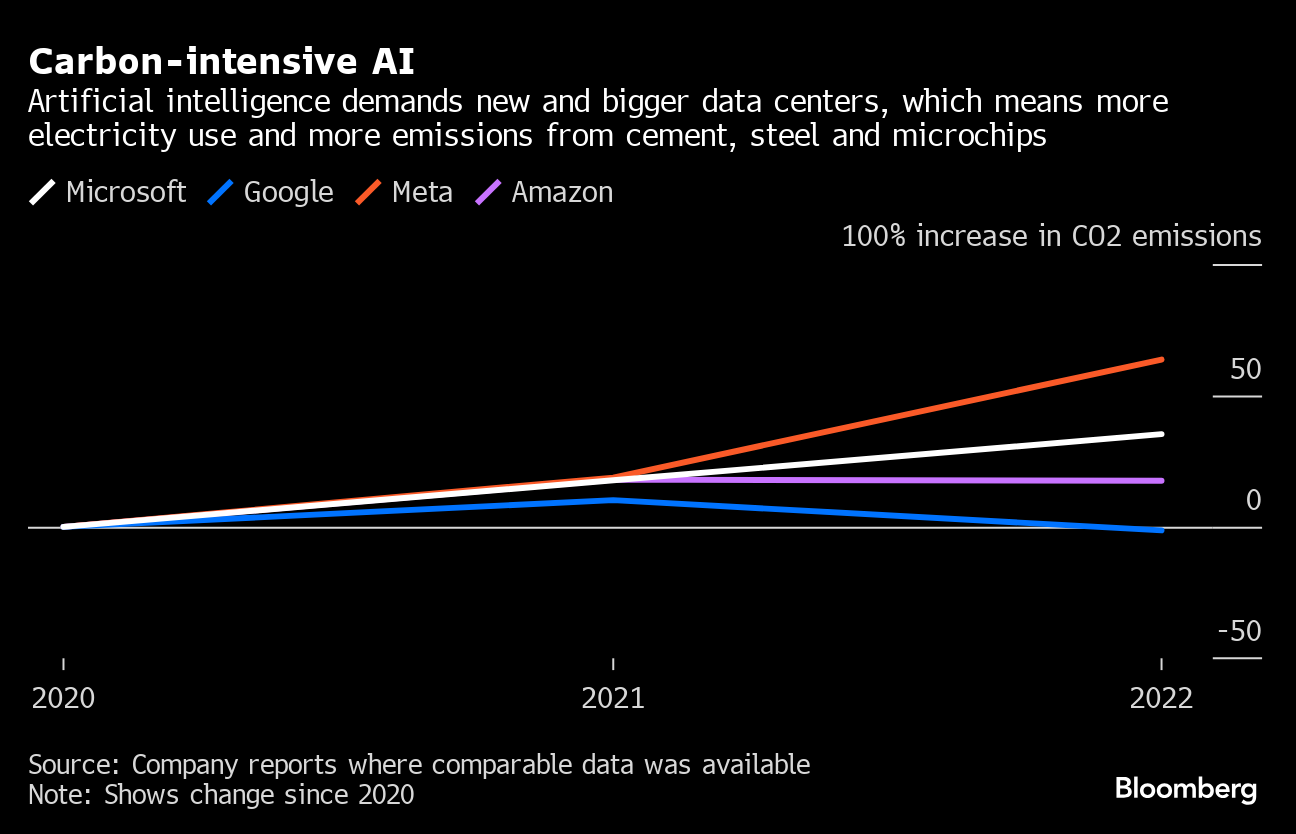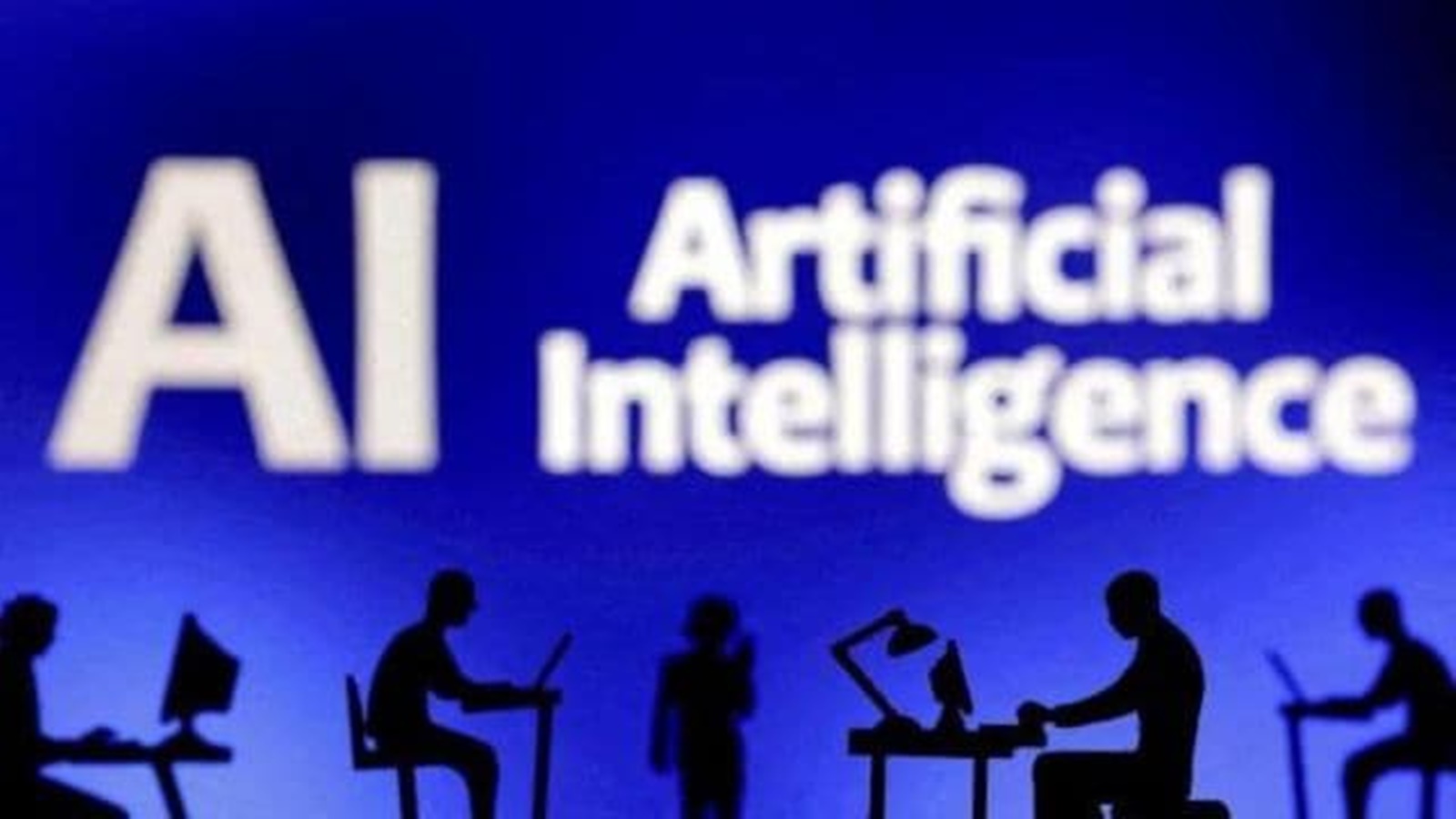The utilization of artificial intelligence (AI) in advertising has become increasingly prevalent, signaling a paradigm shift in the industry’s landscape. Daan Odijk, Head of Data and AI at RTL, underscores the growing trend, citing its cost-cutting benefits while cautioning against potential pitfalls.
Cost reductions and representational challenges
AI-generated images have emerged as a cost-effective alternative to traditional advertising methods, as exemplified by RTL’s implementation in the dating show B&B Vol Liefde. Substantial savings were realized by circumventing elaborate photo shoots and global location scouting. However, this newfound efficiency is not without its complications.
Odijk acknowledges the challenge of AI-generated personas often skewing towards conventional beauty standards, potentially sidelining diversity and authentic representation. The disparity between AI-generated idealizations and reality poses a dilemma for advertisers striving for inclusivity.
Lotte Willemsen, Director of the Foundation for Scientific Research in Commercial Communication, underscores the economic impact of AI integration, projecting significant cost reductions in advertising production. However, she warns against the inherent biases embedded within AI algorithms, cautioning against the perpetuation of homogeneous beauty ideals and demographic representations.
Moreover, Willemsen raises ethical concerns regarding the blurring boundary between authenticity and artificiality in advertising content. Virtual influencers, driven by AI algorithms, can potentially deceive consumers, leading to unintentional purchases based on misrepresented narratives.
Transparency and regulatory void
Despite the transformative influence of AI on advertising practices, regulatory frameworks remain conspicuously absent. The Advertising Code Committee spokesperson acknowledges the absence of specific guidelines for AI employment in advertising. However, no complaints regarding AI-driven deception have been lodged with the committee thus far.
In light of this regulatory vacuum, transparency emerges as a crucial tenet in navigating AI integration’s ethical and practical implications. Willemsen emphasizes the imperative of transparent disclosure to empower consumers to discern authentic and AI-generated content, thereby fostering informed decision-making.
Industry perspectives and consumer expectations
While RTL exercises caution in deploying AI applications, Odijk contends that the general public’s perception of advertising acknowledges a degree of artistic license. Nonetheless, the proliferation of AI-generated content underscores the need for heightened vigilance in maintaining ethical standards and promoting authenticity.
As the advertising landscape evolves, industry stakeholders must grapple with the dual imperatives of cost efficiency and ethical integrity. By embracing transparency and fostering diverse representations, advertisers can harness the transformative potential of AI while mitigating its associated risks.





